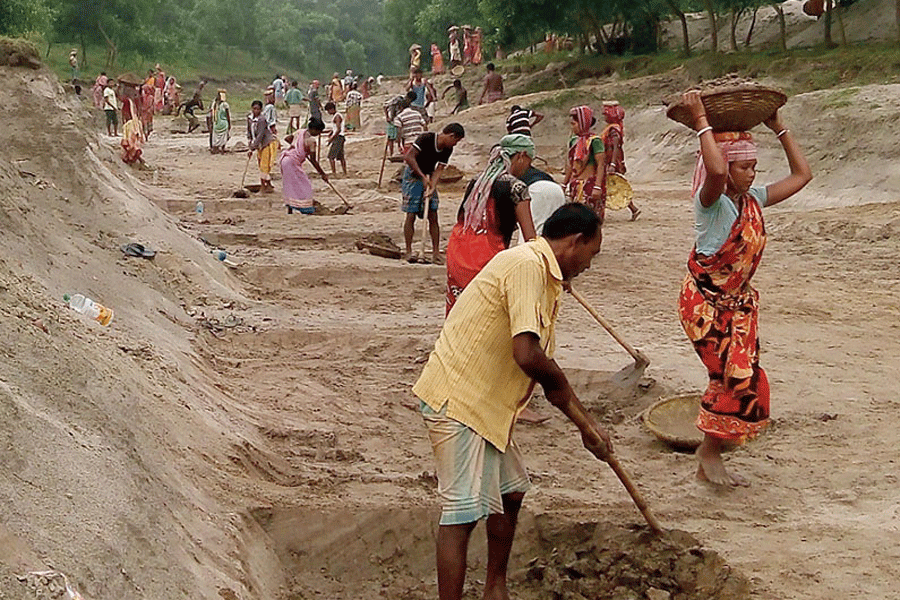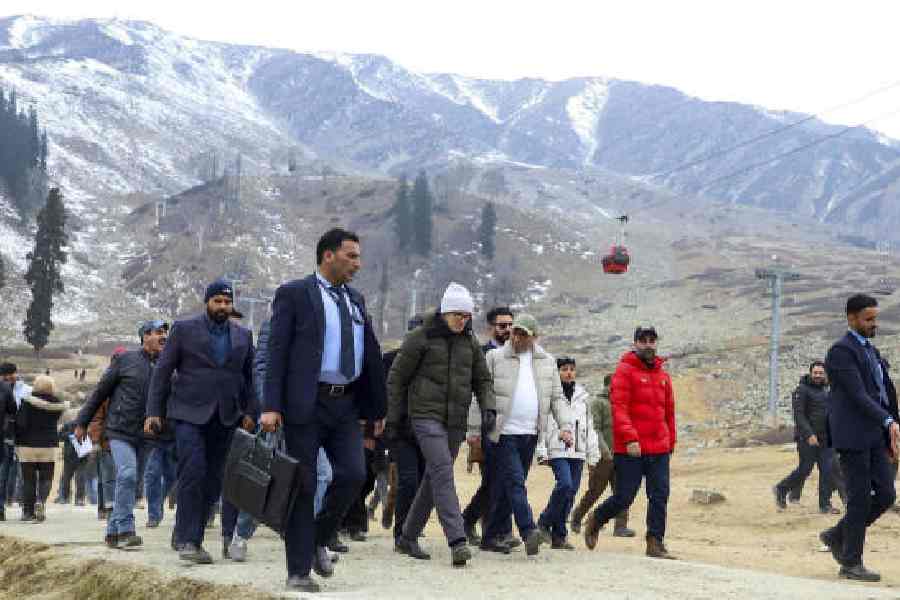 |
Ranchi, March 23: From routine temperature predictions to chasing mighty storms, weathermen here will soon have more on their radar.
The Indian Meteorological Department (IMD) has drawn up elaborate plans to hone the accuracy and alacrity of weather forecast in the state, particularly in capital Ranchi.
The upgrade programme envisages a Rs 13-crore Doppler radar set-up at the local meteorological centre, besides 22 new district automatic weather monitoring stations, three automatic agro-weather stations and 64 rain gauge stations across the state.
The IMD is, currently, busy preparing a blueprint for installation of the highly sophisticated radar while the Ranchi Meteorological Centre is scouting for locations to house the weather monitoring stations, automatic agro-weather stations and automatic rain gauge stations.
“Our department has already got the mandatory no-objection certificate from the Airports Authority of India (AAI) for setting up the Doppler radar in Ranchi. The blueprint of the building, which will house the radar, is being readied,” G.K. Mohanty, the director of the local Met centre, told The Telegraph today on the sidelines of a programme to mark World Meteorological Day.
The Doppler weather station, which will come up on the premises of the local Met office at a cost of Rs 8 crore, will be 26 metres high. The radar, to be bought either from indigenous manufacturers like BHEL or overseas companies like in France, will cost another Rs 5 crore.
Earlier, the IMD had mulled Doppler radar of Chinese make, but the same was likely to raise security concerns.
“The construction of the Doppler station and installing the radar may begin in the next six months. It will take two years and we expect the radar to start functioning in 2013,” Mohanty said.
The special radar, which uses the Doppler effect, has an edge over other systems because it can measure the speed of a cyclone or a storm.
It provides data to accurately estimate an approaching storm’s eye and intensity, besides fixing its position and predicting its path. It does this by beaming a microwave signal towards the desired target, listening for its reflection and then analysing how the frequency of the returned signal has been altered by the object’s motion.
Weathermen can also use the radar to locate precipitation and gauge its type like rain or hail. The Doppler radar is capable of detecting the minute motion of raindrops too. It sends out electromagnetic waves that strike moisture particles and create a digital image, enabling more accurate forecast.
At present, Doppler weather systems are operational in Calcutta, Delhi, Mumbai, Chennai and Visakhapatnam. Installation work is already underway at two other stations — Patna in Bihar and Paradip in Orissa.
Mohanty said the automatic weather monitoring stations would come up in 22 districts. Ranchi and Dhanbad already have well-equipped weather offices. The new centres will record rainfall in respective districts.
As many as 64 automatic rain gauge stations will also be set up across the state, including Arki in Khunti, Bagoder in Giridih, Barkagaon in Hazaribagh, Chandwara in Koderma, Basia in Gumla and Ghatshila in East Singhbhum.
These rain stations will help the IMD map rainfall and zero in on drought-prone areas in the state.
The three automatic agro-weather stations are coming up in Ranchi, Dumka and Darisai in East Singhbhum.
The Jamshedpur Met office already has a district-level agro-meteorological advisory bulletin, which provides area specific forecast to help farmers. The forecast with realistic data is issued five days in advance so that farmers can plan accordingly.










